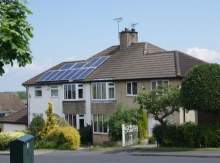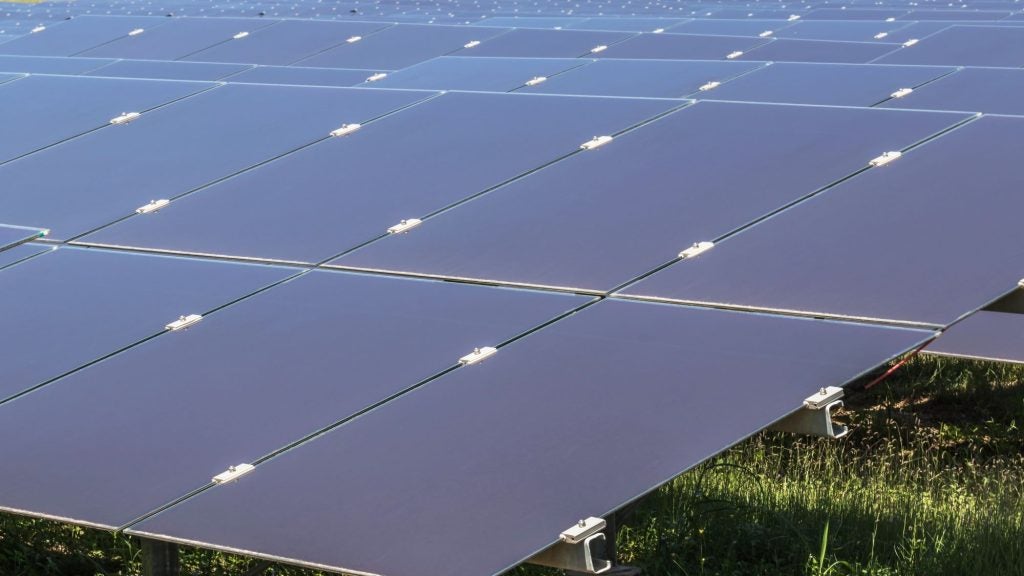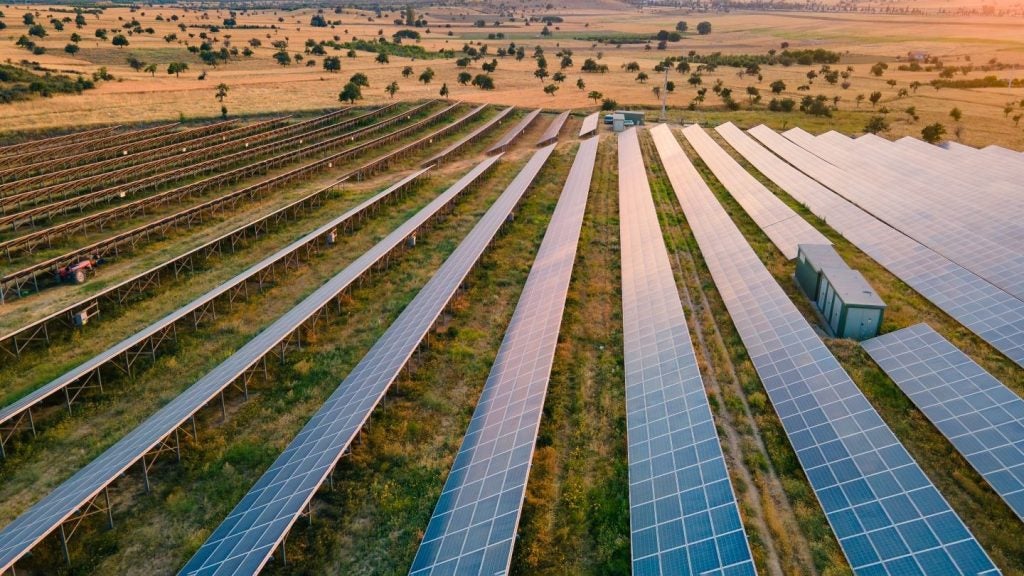
There is such a thing as too much of a good thing, at least within the context of renewable energy. With a firm platform of public support through the Feed-In Tariff (FiT) scheme enacted in 2010, regulations to bring about new ‘carbon-free’ homes and the well-intended, but badly implemented, Green Deal to provide interest-free loans to improve energy efficiency, rooftop solar exists on more than a million homes in the UK today.
Initially, it looked as though such support would continue, if not increase, under the majority Conservative government, with Energy Secretary Amber Rudd voicing her support. "I want to unleash a new solar revolution," she told the Hastings & St. Leonards Observer in May. "We have a million people living under roofs with solar panels and that number needs to increase."
Fast forward a few months and the outlook is more devolution than revolution. The Green Deal has been scrapped, the regulations designed to make zero-carbon homes the standard have been stripped away and, most recently, the rates paid through the FiT scheme to incentivize the installation of solar panels looks set for a downsizing of epic proportions. Under the new proposals, an installation of 4kW or less, which back in 2010 would have received 43.3p in its first year, would receive just 1.63p from January 2016.
Time has come for solar to support itself
Each subsidy cut and wholesale removal is part of a government strategy to reduce spending on low-carbon technologies and renewable energy and redirect efforts to support those struggling under the weight of their monthly energy bill. In short, the government fears it would be helping too many people put solar panels on their home.
See Also:
Explaining its strategy, Rudd said: "Our support has driven down the cost of renewable energy significantly. As costs continue to fall it becomes easier for parts of the renewables industry to survive without subsidies. We’re taking action to protect consumers, whilst protecting existing investment."
How well do you really know your competitors?
Access the most comprehensive Company Profiles on the market, powered by GlobalData. Save hours of research. Gain competitive edge.

Thank you!
Your download email will arrive shortly
Not ready to buy yet? Download a free sample
We are confident about the unique quality of our Company Profiles. However, we want you to make the most beneficial decision for your business, so we offer a free sample that you can download by submitting the below form
By GlobalDataCould solar panels be built to harness the energy contained in the invisible part of the light spectrum?
Inevitably, the proposal to slash FiT rates so severely was met with fierce criticism from both environmental campaigners and the renewable energy industry.
Greenpeace policy director Dr Doug Parr said: "The time couldn’t be worse as the young and potentially booming solar industry is on track to go subsidy-free but if these cuts happen, it will be too sudden, too soon and too dramatic. It is highly likely to irrevocably damage the domestic solar industry."
"If the consultation is enacted, we can expect to see wholesale collapse in solar take-up by homeowners," said Solarcentury CEO Frans van den Heuvel. "So much for Amber Rudd’s promised ‘solar revolution’."
Continued competitiveness on cost could give it a new lease of life
However, while the bottom may well fall out of government support for making the most of the sun shining down on rooftops, the industry’s future may not be as bleak and overcast as some are making out.
For a start, while there is still clearly a way to go, the government support for solar power technologies has contributed to a marked increase in efficiency and a decrease in cost. In 2010, the average cost of a rooftop installation was calculated at £15,000. Today, that has been cut in half to just £7,500. As a result, while the reduced incentive of the FiT rates will lessen appeal, the opportunity to install strictly out of personal preference is considerably larger.
Another prospect the industry can look to for hope is the development of battery storage technology for the home. Currently, much of the appeal of rooftop solar is reliant on the ability to sell excess power back to the grid as it cannot be saved up for use later. With Tesla set to launch its consumer battery solution the Powerwall in Europe in the near future, and Panasonic announcing that it will be competing, the evolution of storage could serve to mitigate against some of the lost appeal brought about by the subsidy cuts, offering those with solar panels the opportunity to use all the power they generate.
Of more direct relevance is the potential that as the government backs away from the industry, others move in and replace it. In fact, before the FiT regime ever existed, an almost identical scheme was put in place by private energy company Good Energy for the same purpose of incentivizing wider adoption of solar panels.
Could private sector involvement fill the void?
With the government-backed scheme amplifying the impact of such schemes up to now, it is far from the realms of impossibility that private money could work to achieve the same ends. In fact, there are already positive early indicators of just that. In March this year, the US solar giant SunEdison announced its first offering in the UK to enable households and businesses the chance to install solar arrays with no upfront cost whatsoever.
"To simplify the process of going solar, we’ve removed the biggest barrier – the upfront purchase cost," explained Mark Babcock, vice president of SunEdison Residential and Small Commercial Europe. "This means that from day one, customers can save money."
Also entering the market are E.On UK and US solar installer Sungevity under the ‘Go Solar’ programme, which will provide favourable financing packages and a 20-year guarantee that the solar installations will provide no less than 95% of the energy generated at the time of install over the course of the two decades following.
Scientists working on an international collaboration to mimic the process of photosynthesis have reached a significant milestone.
E.On’s senior vice president for technology and innovation Susana Quintana-Plaza said: "It very much fits with our strategic aims in terms of customer focus and the potential for home-based renewables. Customers will be offered an innovative and high-quality service backed by our established and trusted brand."
While the arrival of two heavily backed US solar operators in addition to one of the country’s six major utilities in itself is unlikely to fill the void left by the subsidy cuts, regulatory roll backs and destruction of the Green Deal, the potential for others to join and increase competition could have a major impact in mitigating the impact.
Throughout its long history, there are few values the Conservative Party has held on to harder than its belief that the government should not obstruct the market. That Amber Rudd called for a solar rooftop revolution so shortly before pulling her department’s support for it has understandably been taken as a sign that her words were either unsubstantiated or disingenuous.
Should the proposed cuts go ahead, there will likely be a flash-in-the-pan revolution, with those already convinced of the value of solar rushing to install before they come into force. But, even in the longer term, there are a number of factors, from storage technology to US solar giants, that may well back its continued growth.
The past three months certainly seem to have seen the prospects of rooftop solar in the UK slide down, but they are far from out.







